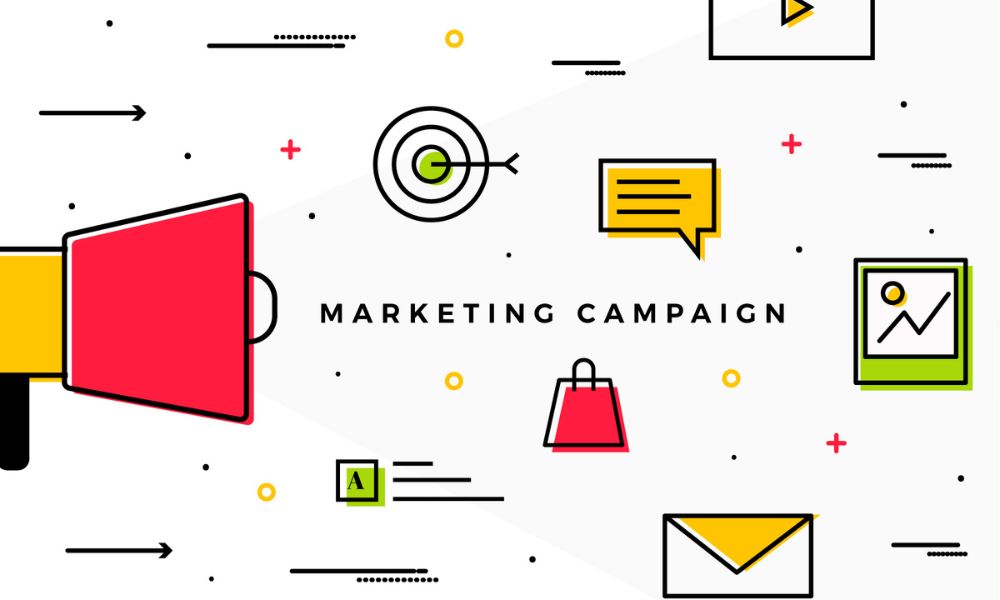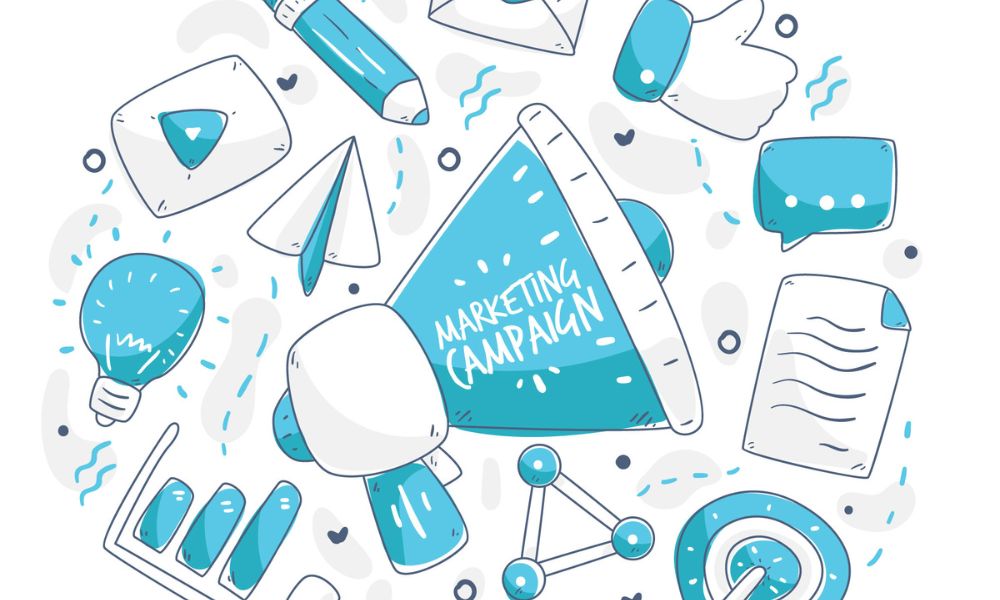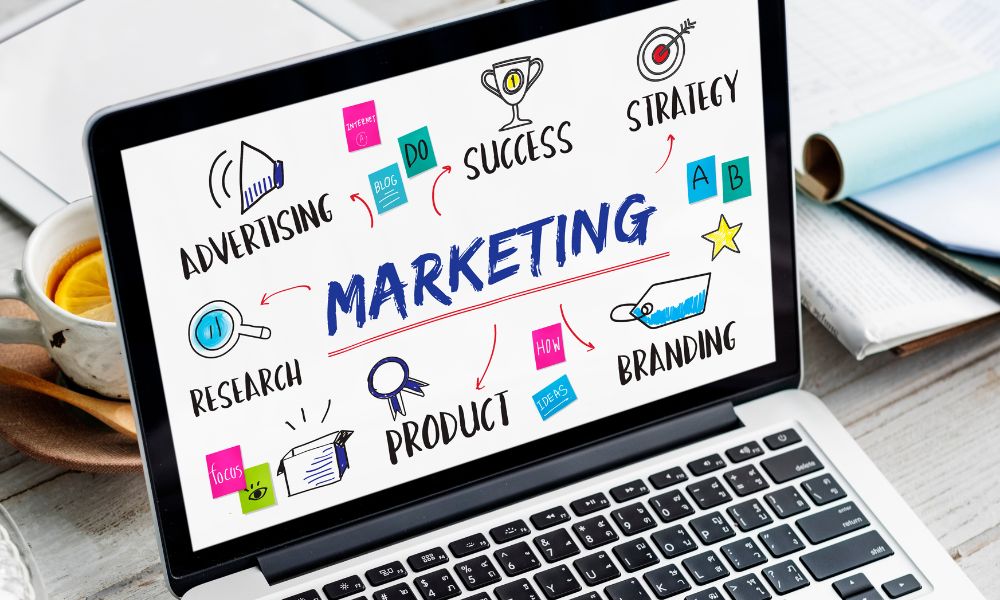
Running influencer marketing campaigns can feel overwhelming. You want creators who genuinely fit your brand, content that feels natural, and results that prove the investment was worth it. But most marketers struggle with the same challenge. They know influencer marketing works, yet they are not sure how to build campaigns that are strategic, repeatable, and tied to real business outcomes.
The truth is that the best influencer marketing campaigns do not happen by accident. They follow a clear structure, they connect what the brand wants with what the audience cares about, and they give creators the freedom to be themselves while guiding them toward a shared goal. And when done right, they drive awareness, engagement, traffic and conversions at a level that traditional advertising rarely matches anymore.
This guide will walk you through everything that goes into creating a high-performing influencer campaign. You will learn how to set the right goals, choose the right creators, build a compelling story, and measure the results that matter.
What Influencer Marketing Campaigns Really Are (And Why They Work Now More Than Ever)
Influencer marketing campaigns are more than a few sponsored posts or product reviews. At their core, they are structured marketing initiatives that use creator trust to communicate your brand message in a way that feels human and believable. Instead of interrupting people with ads, you reach them through voices they already listen to.
The reason these campaigns work so well today is simple. People trust people more than they trust brands. When someone follows a creator, they are choosing that relationship. They like the creator’s personality, their taste, their lifestyle, and their recommendations. When your product appears in that relationship, it gets instant credibility.
Influencer campaigns also fit perfectly into modern buying behavior. Audiences discover products through social platforms, compare options online, and make decisions based on real experiences, not polished advertising. A creator showing how they use your product in their daily life is often more persuasive than any traditional marketing asset you could produce.
Most importantly, influencer campaigns are flexible. They can support every stage of the funnel. You can use them to introduce your brand to new audiences, build engagement through storytelling, generate user content, drive traffic to your site, or push conversions with creator-led offers. When you treat influencer marketing as a structured campaign rather than a one-time collaboration, you unlock its full potential.
Why Most Influencer Marketing Campaigns Fail to Meet Expectations
Before we build a successful campaign, we must understand why so many fail. The downfall rarely lies with the influencers, but with the foundation of the campaign itself.
- Unclear Goals: A campaign launched with a vague goal like “get more awareness” has no way to measure success. Without a clear target, you cannot aim, and you will certainly not hit it.
- Poor Creator Fit: Choosing an influencer based solely on follower count is like buying a billboard in the wrong city. If their audience does not align with your ideal customer, even the most beautiful content will not convert.
- Weak Creative Briefs: When you fail to provide clear direction and brand guidelines, you leave the creator guessing. The result is inauthentic content that feels like an ad, not a genuine recommendation.
- Focus on Vanity Metrics: Celebrating likes and comments is easy. The hard truth is that these metrics rarely pay the bills. A campaign that generates 10,000 likes but only 10 website visits is a failure if your goal was traffic.
- No Clear Call to Action: What do you want people to do after they see the content? Without a clear next step, even engaged viewers will scroll away, and your potential conversion is lost.
Recognizing these pitfalls is the first step to avoiding them. The next step is to build your campaign on a foundation that prevents them from happening.

The 6 Types of Influencer Marketing Campaigns and When to Use Them
Not all influencer campaigns serve the same purpose. Your objective should guide your strategy from the start. These are the six most common and effective campaign types brands rely on today.
1. Brand Awareness Campaigns
Goal: Introduce your brand to a new and broad audience.
How it works: Partner with multiple creators who can showcase your brand’s personality and values. The content focuses on storytelling, lifestyle integration, and natural association rather than a direct sales push.
Best for: New brands, companies entering new markets, or brands refreshing their identity.
2. Product Launch Campaigns
Goal: Generate excitement and initial sales for a new product.
How it works: Send products to creators before launch and coordinate timed posts to build momentum. Encourage early reviews, unboxings, and first impressions. Track performance through exclusive codes or links.
Best for: Any brand launching a new product in tech, beauty, fashion, food, or lifestyle.
3. UGC Campaigns
Goal: Collect authentic, customer-focused content to use across marketing channels.
How it works: Invite creators and customers to share their experiences through a branded hashtag or content prompt. Feature the best content on your website, ads, and social pages.
Best for: Building social proof, lowering production costs, and increasing engagement through real stories.
4. Affiliate and Performance Driven Campaigns
Goal: Drive measurable sales and attribute revenue accurately.
How it works: Give creators unique affiliate links or discount codes. They earn a commission from each sale they generate, creating a win-win model based on results.
Best for: E-commerce brands looking to improve ROAS and scale with predictable performance.
5. Brand Partnership and Co-Creation Campaigns
Goal: Build long-term brand affinity and leverage creator expertise.
How it works: Move from one-time posts to multi-month partnerships. Creators can co-design product lines, host a recurring content series, or act as official ambassadors.
Best for: Brands wanting strong credibility and consistent influence within a niche.
Creators who perform well should become long-term partners. Strengthening those relationships leads to more authentic content and higher ROI. For a full guide on managing creator partnerships, read our article on influencer relationship management.
6. Event and Location-Based Activations
Goal: Increase foot traffic or amplify real-world experiences.
How it works: Invite creators to store openings, launch events, pop-up shops, or travel experiences. Their content showcases the atmosphere and generates curiosity among followers.
Best for: Retail, hospitality, tourism, restaurants, and large industry events.

The Campaign Success Framework: A 7 Step Process
This is your repeatable blueprint for campaign excellence. These seven steps help you move from concept to results with clarity and confidence.
Step 1: Define the Purpose and Success Metrics
This is the most important part of the entire campaign. You must know exactly what success looks like.
Do not aim for vague goals such as “more engagement.” Instead, define a SMART outcome:
- Specific: Increase sales of Product X
- Measurable: Generate 200 sales with a unique discount code
- Achievable: Based on past campaign performance and budget
- Relevant: Supports quarterly marketing objectives
- Time-bound: Achieve within a 2-week campaign window
Your KPIs will flow directly from this goal.
If your goal is sales, focus on conversion rate and revenue. If it is awareness, prioritize reach and video views. Clear goals keep the entire strategy aligned.
Step 2: Identify Your Target Audience and Niche
Your campaign is only as strong as your audience definition. Your customer avatar determines the creators you choose and the stories you tell.
Ask yourself:
- What are their demographics, such as age, location, and income
- What are their psychographics, such as values, interests, and pain points
- Which social platforms do they use the most
- What brands or creators already influence their decisions
This foundation prevents wasted budget and makes sure you select the influencer niches that truly matter to your audience.
Step 3: Find and Vet the Right Creators Strategically
Follower count is not your compass. Quality is. Use a strategic vetting process:
- Audience Quality: Does their follower demographic match your target avatar
- Engagement Rate: Look for meaningful interactions such as comments, saves, and shares
- Brand Alignment: Does their content style and tone fit your brand naturally
- Content Quality: Are their visuals strong and storytelling persuasive
- Past Collaborations: Did their audience respond well to similar brand partnerships
This prevents you from choosing creators who look good on paper but cannot deliver results.
When you begin vetting creators, accuracy matters more than reach. Tools like our Influencer Discovery Tool help you filter creators by audience demographics, engagement quality, niche relevance, and platform performance.
Step 4: Develop a Strong Creative Brief and Campaign Narrative
Your creative brief is the bridge between your brand and the creator. It should guide, not restrict. Include:
- Campaign goal and key message
- Brand guidelines such as tone, visuals, and feature highlights
- Content deliverables like Reels, TikToks, stories, or long-form videos
- Timeline for submissions and posting
- Call to Action, such as promo codes, landing page links, or sign-up instructions
Your goal is to give the creator a clear direction while allowing them the freedom to speak in their own voice. Authenticity is what drives engagement.
When you reach this step, your creative brief becomes the backbone of campaign success. If you want a more detailed guide on building a strong brief creators will love, check our full resource on writing an effective influencer brief.
Step 5: Launch, Optimize and Support Creators in Real Time
Organization is key. Once the campaign is live:
- Use a Centralized Platform: Use a shared drive or project management tool to store content, track posts, and manage communication.
- Amplify the Content: Do not just rely on the creator. Share their posts on your own stories, feature them on your website, and run ads behind the top-performing content to extend its reach.
- Maintain Communication: Be available to answer creator questions quickly and provide feedback on submitted content.
To coordinate outreach, follow-ups, and content submissions without losing track of communication, you can streamline the workflow using an influencer outreach tool that centralizes messaging and keeps campaigns on schedule. A well-managed campaign protects your timeline and ensures every piece of content performs at its best.
Step 6: Track Performance in Real Time
Real-time monitoring helps you adjust while the campaign is still active. Track:
- UTM links and promo codes to measure traffic and conversions
- Engagement and audience sentiment in the comments
- Top performing creators based on reach, clicks, or sales
This gives you immediate clarity on what is working and where to allocate more attention.
Step 7: Measure ROI and Gather Insights for the Next Campaign
When the campaign ends, the work is not over. Conduct a thorough post-mortem analysis.
- ROI: Compare total costs to total revenue
- Content performance: Which formats or messages delivered best
- Audience behavior: Which segments responded strongest
- Platform impact: Where the highest quality traffic came from
- Creator feedback: Their insights help you improve future collaborations
This is how you turn every campaign into a smarter, more efficient, and more profitable system.

Platform Differences That Shape Campaign Success
Not all platforms influence audiences in the same way. Each has its own strengths, content styles, and audience behaviors. Understanding these differences helps you choose the right mix for your goals and build campaigns that perform consistently across the funnel.
- Instagram campaigns: Instagram is ideal for visually driven brands and lifestyle categories. It works especially well for user-generated content, product discovery, and building strong aesthetic-driven storytelling through Reels, carousels, and stories. If your goal is to showcase how your product fits into daily routines, Instagram is a powerful choice.
- TikTok campaigns: TikTok thrives on trends, quick storytelling, and entertainment. It moves fast and rewards creativity, which makes it perfect for awareness, virality, and sparking conversation. Brands that lean into authentic, community-style content see rapid exposure and a surge of organic reach.
- YouTube campaigns: YouTube is the platform for long-form trust. Audiences spend more time watching, evaluating, and comparing products here than anywhere else. This makes it ideal for tutorials, reviews, deep dives, and any content where you want viewers to fully understand the value of your product before purchasing.
- Pinterest campaigns: Pinterest performs well for brands with evergreen content. It blends visual discovery with strong SEO crossover. Pins often rank in Google Image Search and continue driving traffic for months or even years. It is a smart choice for home, fashion, food, wellness, travel, and planning-related campaigns.
- Blogs and written creator content: Blog features and written reviews deliver direct SEO benefits. This content creates high authority backlinks, ranks on Google, and influences purchase decisions from audiences who search before buying. If organic search matters to your marketing strategy, written creator content should always be part of your campaign mix.
How to Measure Influencer Marketing Campaign Success
A great campaign is not just creative. It is measurable. Clear metrics help you understand what worked, what needs adjustment, and where to reinvest for stronger results. Successful brands track performance at multiple levels to get a complete picture of impact across the funnel.
Primary KPIs
These are the core indicators that show whether your campaign achieved its main goal. They include reach, engagement, clicks, conversions, and revenue. If your objective is awareness, prioritize reach and video views. If your goal is sales, focus on conversions and attributed revenue.
Secondary KPIs
These metrics show the broader influence of your campaign beyond direct clicks. You can track branded search lift, organic traffic growth, and sentiment analysis. These signals help you understand how influencer content affected brand perception and long-term demand.
Content performance metrics
This is where you evaluate how well the content itself resonated with audiences. Saves, shares, watch time, and retention rate show how engaging the content was and whether people found it valuable enough to revisit or share.
Creator performance analysis
Finally, assess the value of each creator. Look at cost per engagement, cost per acquisition, and creator ROI. This helps you identify your highest performing partners and decide who should be part of your long-term creator strategy.
If you need a deeper breakdown of which metrics matter most, explore our full guide to influencer marketing KPIs.
How to Set a Budget and Negotiate with Influencers
Money matters. A clear budget and smart negotiation build a foundation of respect and professionalism.
Understanding Influencer Pricing Models
- Flat Fee: A fixed rate for a defined set of deliverables. This is the most common model.
- Commission Only (Affiliate): Payment is based solely on performance, usually a percentage of sales.
- Hybrid Model (Fee + Commission): A lower flat fee combined with a commission structure. This balances risk and reward for both parties.
- Gifting: Providing free products in exchange for content. This works best with micro influencers or for pure awareness.
What to Include in Your Campaign Budget Beyond Fees
Your budget is more than just influencer payments. Remember to account for:
- Product Costs: The cost of goods for products sent to creators.
- Amplification Spend: The budget for boosting top-performing posts with paid ads.
- Software Costs: Fees for influencer discovery, tracking, and relationship management tools.
- Agency or Internal Labor Costs: The time your team spends managing the campaign.
Negotiation Strategies for a Win-Win Partnership
- Do Your Research: Know the influencer’s typical rates before you begin.
- Lead with Value: Explain what the partnership offers them beyond money (e.g., exposure to your audience, free products, long-term collaboration).
- Be Flexible: If their rate is outside your budget, ask if a smaller package (e.g., 1 Reel instead of 2) is possible.
- Put Everything in Writing: A formal contract protects both you and the creator and ensures everyone is aligned on deliverables, timelines, and payment terms.

Final Takeaway: The Most Successful Influencer Marketing Campaigns Tell a Story People Want to Share
Influencer marketing campaigns do not succeed because they look polished. They succeed because they feel real. Audiences can instantly sense when a post is just another ad, and they scroll past without thinking. The campaigns that stand out are the ones that feel like a story told by someone they trust. When creators weave your product into their life naturally, people pay attention, engage, and share.
The brands that win consistently are the ones that respect the creator’s voice, understand the audience’s needs, and build campaigns that deliver value instead of interruption. If you focus on authentic storytelling, strategic partnerships, and measurable outcomes, every campaign becomes more than a moment. It becomes a relationship that keeps growing long after the post goes live.
If you want a partner that works like an influencer marketing agency without the overhead, our influencer marketing agency solution helps you source creators, manage relationships, run campaigns, and measure performance with ease.



